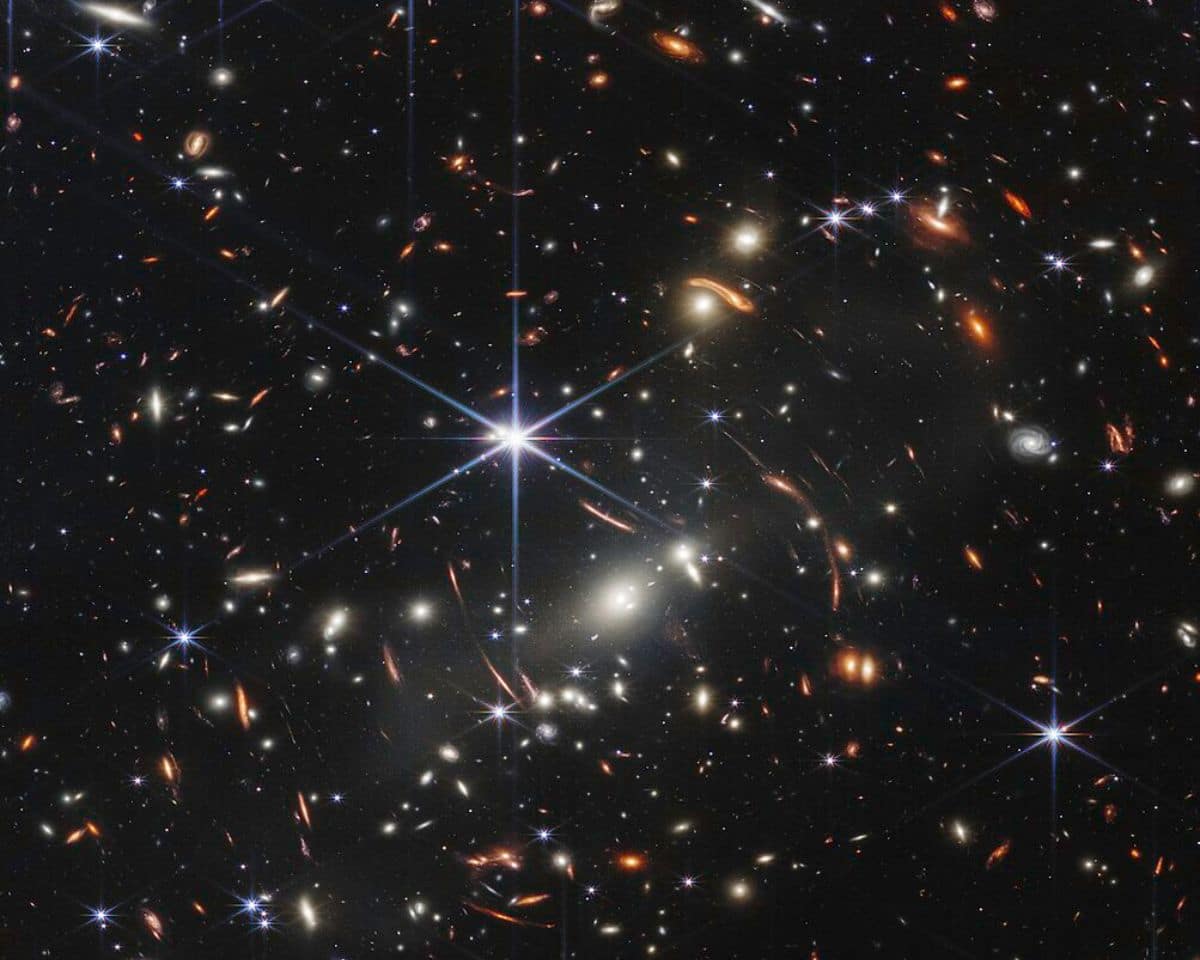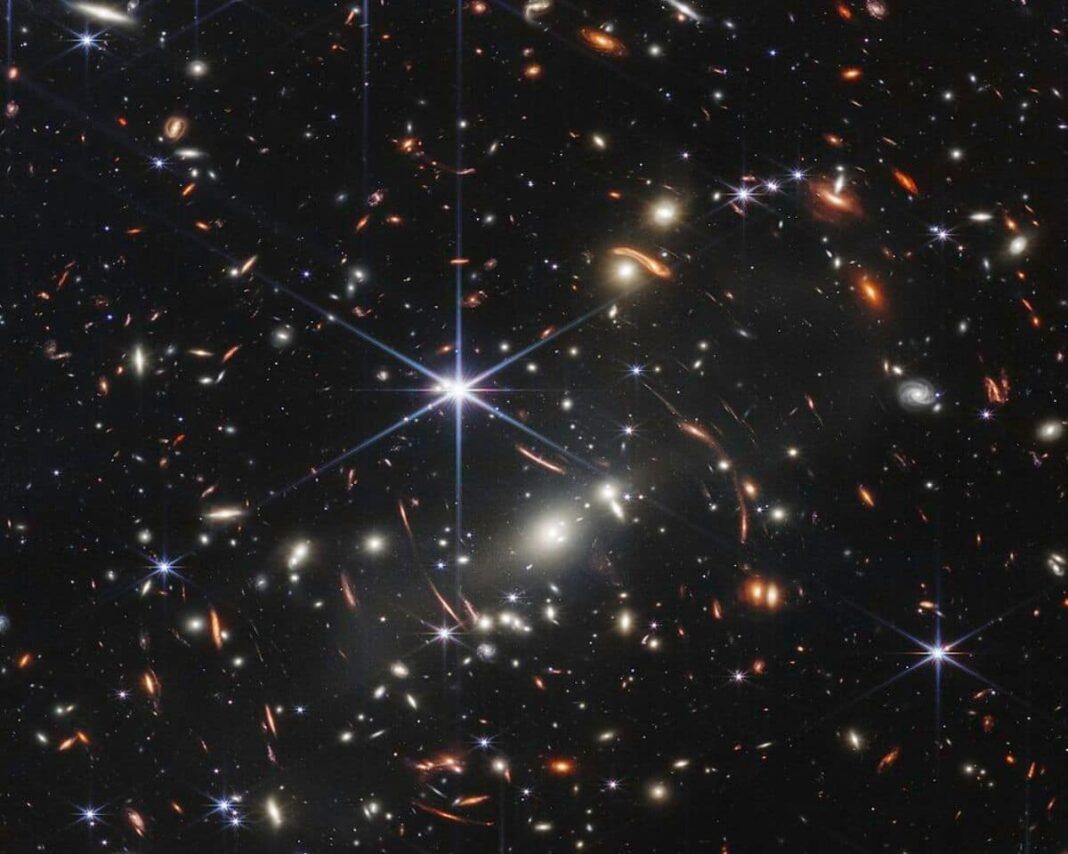
Astronomers have identified 300 unusual objects in the distant universe, a discovery that could overturn long-held ideas about how the first galaxies formed. The bright objects were detected using deep-field images captured by NASA’s James Webb Space Telescope (JWST).
Researchers at the University of Missouri say the sources may be galaxies, but their exact nature remains unclear. Galaxies that formed shortly after the Big Bang were expected to appear faint, restricted by the slow pace of star formation. Instead, these candidates glow with surprising intensity, far beyond what existing models predict.
“If even a few of these objects turn out to be what we think they are, our discovery could challenge current ideas about how galaxies formed in the early universe — the period when the first stars and galaxies began to take shape,” Haojing Yan, a co-author of the study, said in a statement from the University of Missouri.
The method shows extreme distances
To spot the distant objects, the team applied a method known as the “dropout” technique. It identifies sources that appear in redder wavelengths but vanish in shorter, bluer ones. That signature indicates extreme distance, allowing astronomers to glimpse the universe as it was more than 13 billion years ago.
BREAKING 🚨: James Webb Space Telescope just found 300 mysteriously luminous object at the edge of space-time ─ no telescope has ever seen these object before pic.twitter.com/V0dxp34wld
— All day Astronomy (@forallcurious) August 25, 2025
Redshift reveals cosmic origins
The researchers then analyzed the brightness of the objects across multiple wavelengths to estimate redshift, which is the stretching of light as it travels through space. From this, they inferred distance, age, and mass.
“As the light from these early galaxies travels through space, it stretches into longer wavelengths — shifting from visible light into infrared,” Yan explained. “This stretching, called redshift, helps us determine how far away these galaxies are. The higher the redshift, the closer the galaxy is to the beginning of the universe.”
Webb telescope expands its reach
JWST’s Near-Infrared Camera and Mid-Infrared Instrument are designed to detect faint light from the farthest reaches of space. These tools make the telescope essential for exploring the formation of the first stars and galaxies.
The researchers plan to follow up with targeted spectroscopic observations, focusing on the brightest sources. Spectroscopy could confirm whether these mysterious objects are genuine early galaxies or something else entirely.
A telescope rewriting astronomy
If confirmed, the findings would reshape the timeline of how fast the first cosmic structures formed. They would also add to JWST’s expanding list of breakthroughs since beginning operations in 2022, from probing exoplanet atmospheres to capturing detailed portraits of ancient galaxies.
This telescope is showing us things we never thought possible. If these results hold, we will need to rethink how quickly the universe built the first galaxies.


